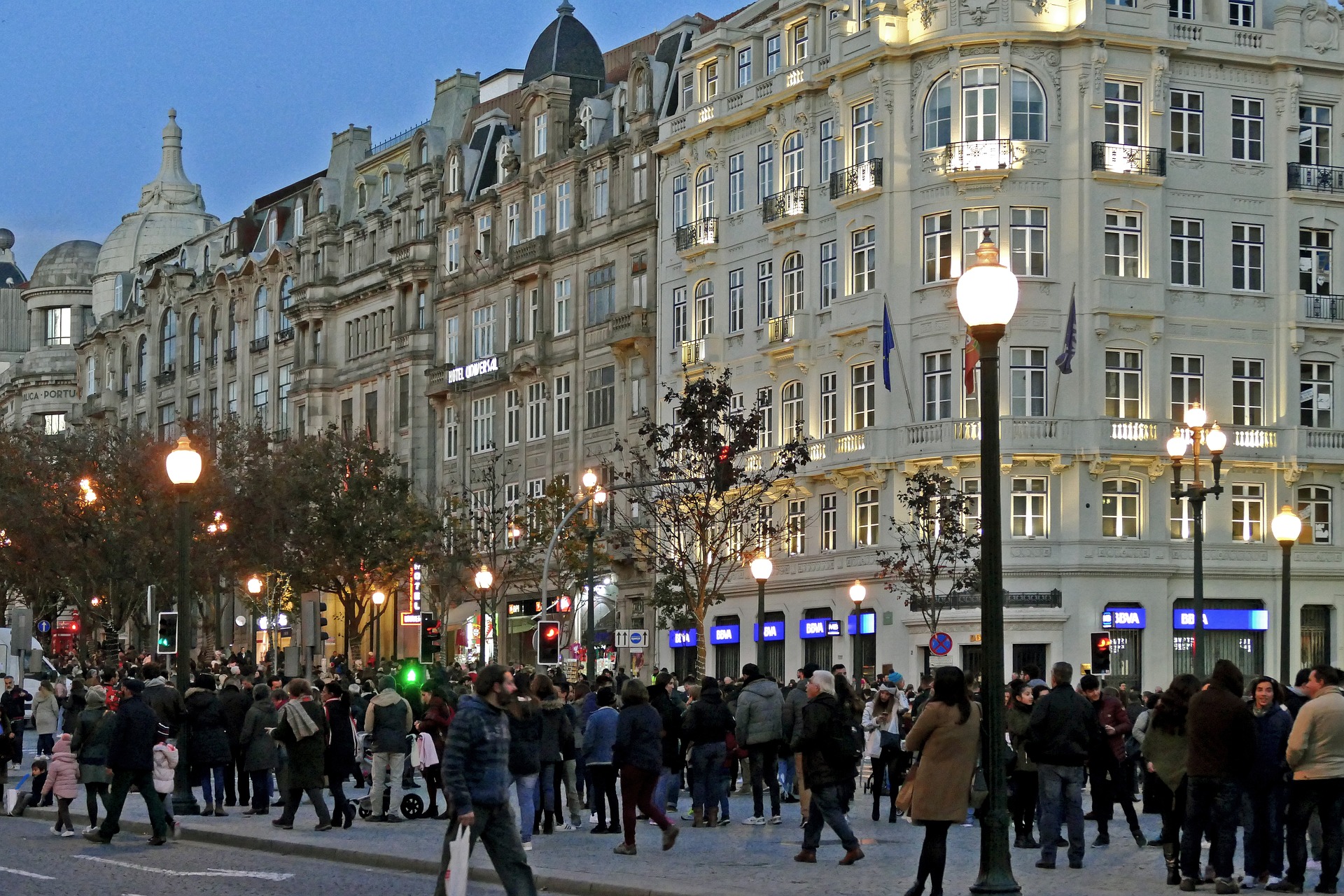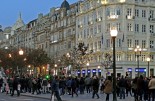La Française: European commercial real estate market - timid signs of recovery?
La Française: European commercial real estate market - timid signs of recovery?

In the first half of 2024, the European commercial real estate market showed signs of recovery, with an increase in investment volume year-on-year. The recovery commenced amid expectations that the ECB would gradually loosen monetary policy.
In June, the ECB made its first rate cut since September 2019, reducing its key interest rates by 25 basis points. This marks a turning point in monetary policy and fuels the prospects for recovery in the real estate sector.
Contrasting patterns of recovery across Europe
Other than France, where the real estate market is in limbo due to the political context and its impact on French sovereign yields, the volume of European commercial real estate investment was up 11% year-on-year in the first half of 2024. Though below its ten-year average, the increase in volume nevertheless marks a major change in the direction of real estate markets across Europe. For example, countries that corrected sharply in 2023 such as BeNeLux, Germany and the United Kingdom posted increases in investment volume of 73%, 23% and 9% respectively, while France was down 25% over the same period.
All asset classes registered an increase in investment volume in the first half of 2024: tourism (+62%), logistics (+7%), healthcare (+4%) and offices and retail (with +1% respectively). However, “core” and diversification assets (logistics, healthcare, tourism and managed residential) remain the most sought after.
Offices: stabilization of yields for the best assets
In the second quarter of 2024, prime yields remained broadly stable, providing better price visibility to investors.
At the end of June 2024, prime office yields in Europe's major capitals are in the 4 to 5% range. This relative stability marks a turning point after a period of significant price correction. Regional metropolitan areas offer higher yields, often above 6%, reflecting a higher risk premium for secondary markets.
The office market, however, presents a mixed picture. While peripheral locations continue to experience downward adjustments to real estate values, central locations continue to attract investors. In Europe, these prime locations, characterized by low vacancy and strong user demand, could even experience modest yield compression by the end of 2025. However, it is unlikely that prime office yields will return to levels witnessed at the beginning of 2022, marking a new 'normal' for the market.
Vacancy rates: diverging trajectories
Office take-up across Europe rose again slightly, for the second consecutive quarter. Over the first half of the year, it increased by 3% compared to the previous year, although still 20% below the past ten-year average.
Demand is mainly driven by real estate cost rationalization and the search for space adapted to new work habits. However, market patterns diverge. For example, take-up in Edinburgh and Hamburg fell by 28% and 20% respectively, while Dublin and Munich posted significant increases of 61% and 27% respectively.
With the exception of Southern Europe (Madrid, Barcelona, Milan), where economic growth is supporting the real estate market, rental activity remains below its long-term average. In Europe, vacancy rose by 2% over the quarter, bringing the annual increase to 14%. Office supply is scarce in core locations, but vacancy rates continue to rise in peripheral locations, where supply is largely made up of secondhand assets.
Demand, which supports prime rents, is focused on modern and energy efficient buildings that offer quality services. Prime rents, which concern only a limited portion of the market, have risen on average by 6% year on year and 31% over ten years. This sharp increase raises the question of the sustainability of such rents in markets where they have risen the most, such as Berlin (+91%), Munich (+61%) and Madrid (+66%).
In conclusion, despite structural changes and economic uncertainty, the European real estate market is showing tentative signs of recovery, suggesting the beginning of a new cycle. The increase in investment volume should eventually lead to a rise in values, which will take place when investors gain visibility on the pace of ECB monetary policy easing.
Moreover, the adaptability of the market to new requirements, particularly in terms of environmental standards and space flexibility, demonstrates its ability to evolve in the face of structural changes. Strong demand for quality assets in central locations highlights the increasing importance of selectivity in investment strategies.










